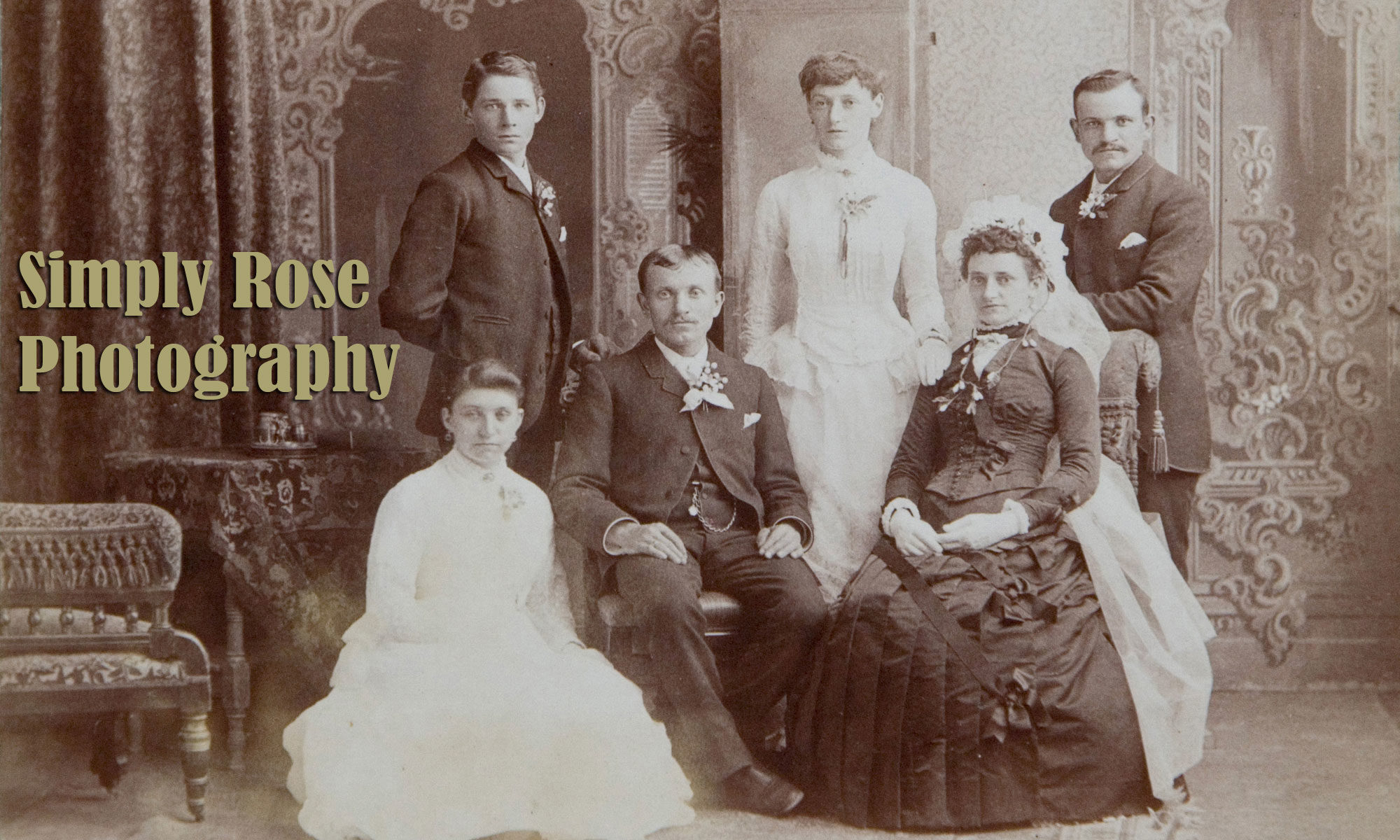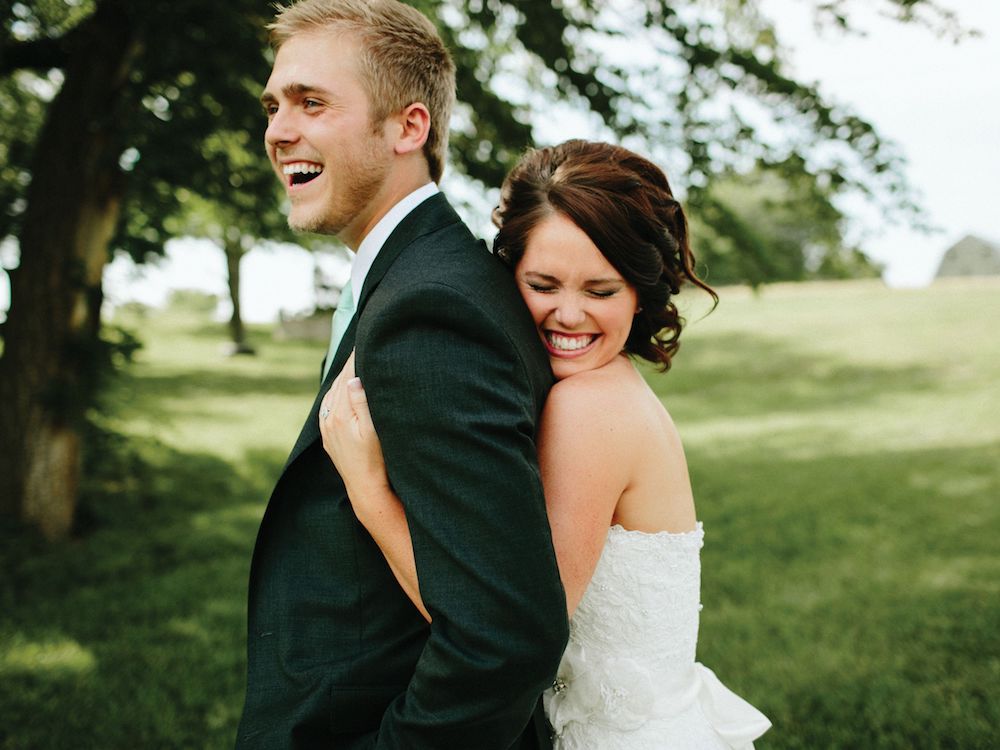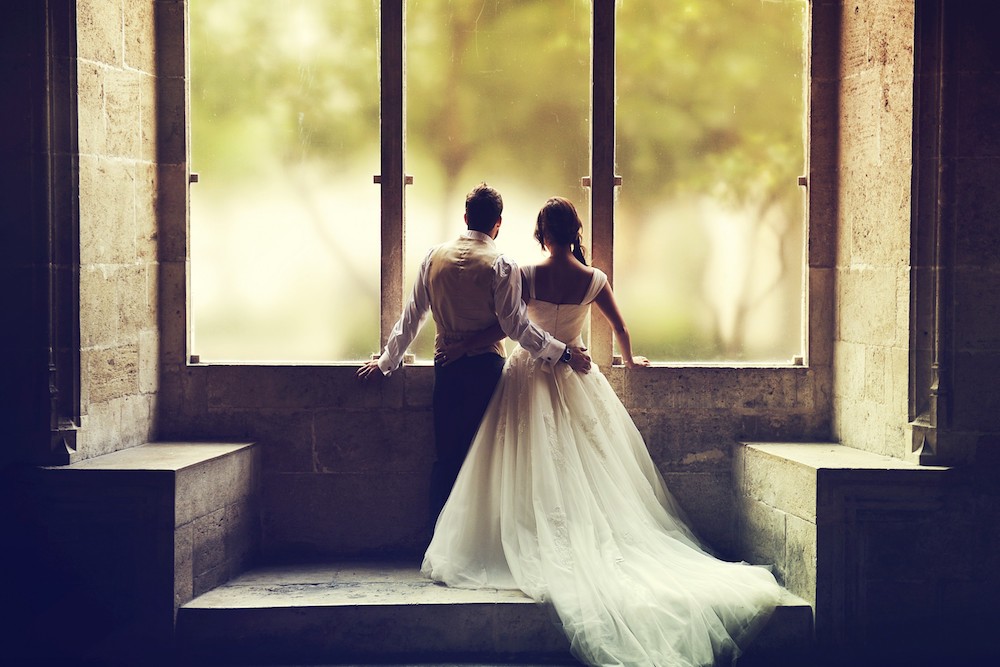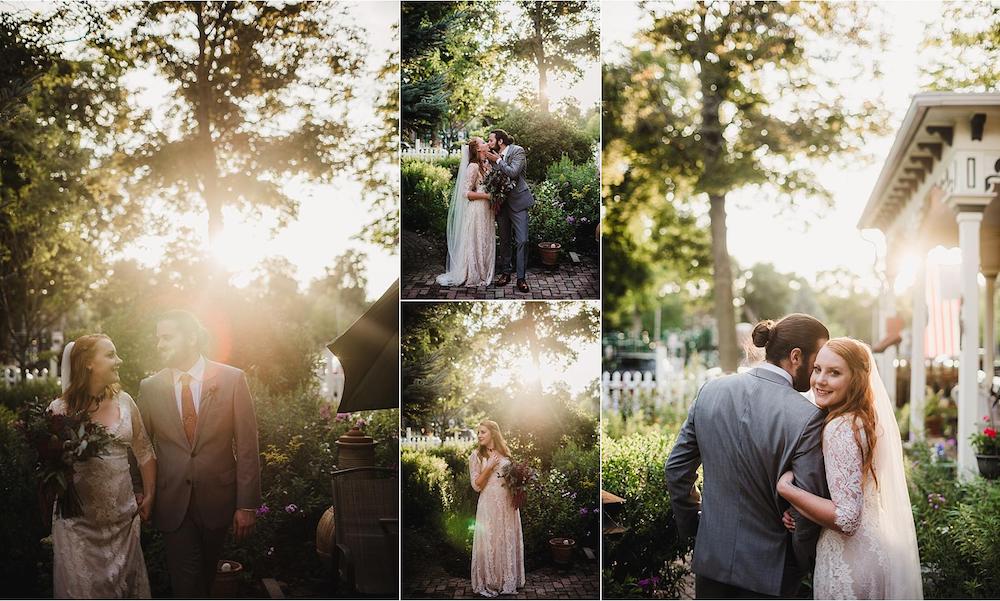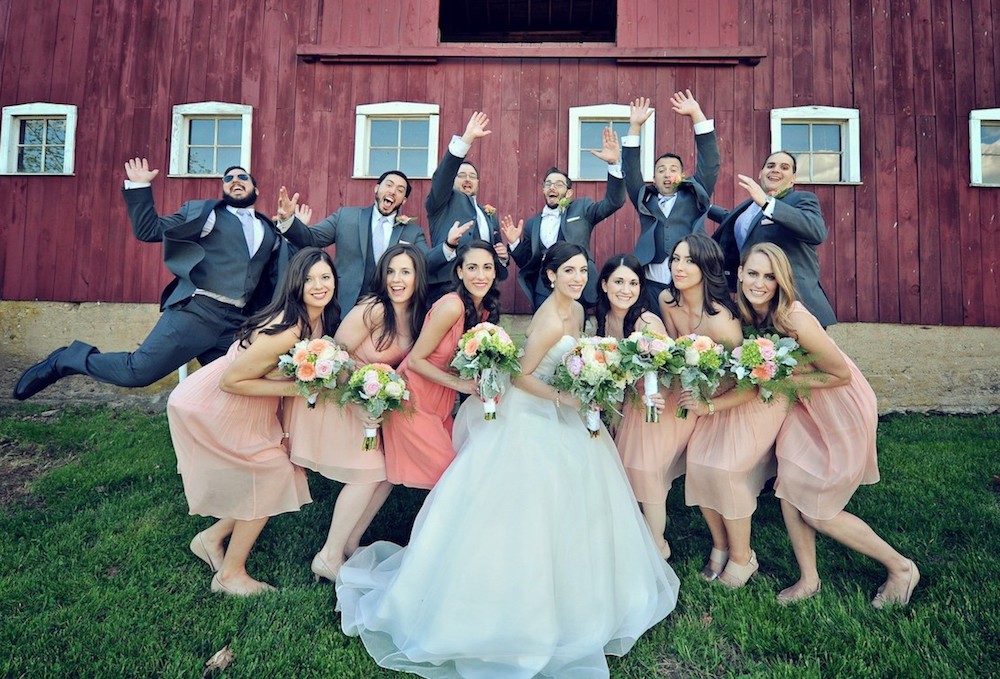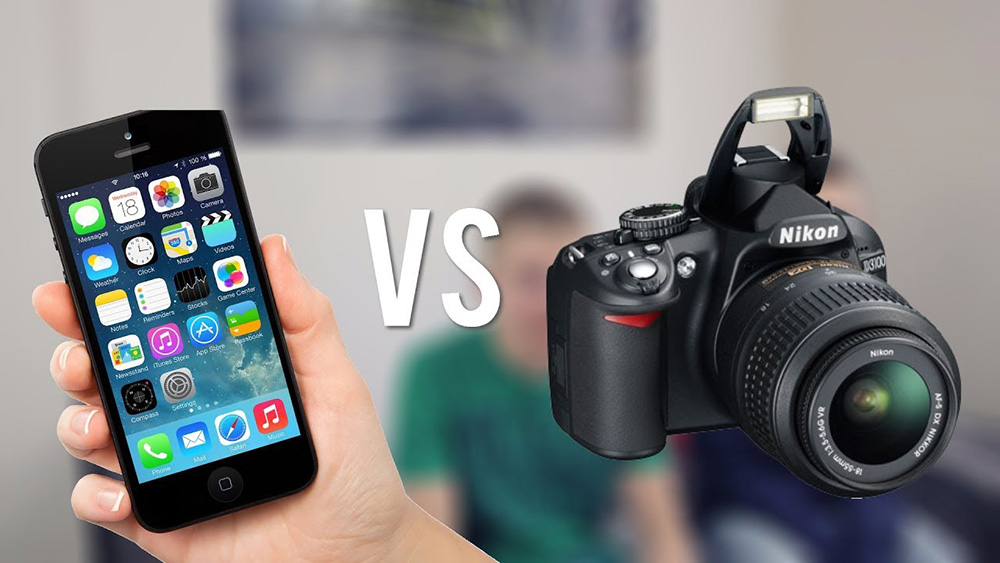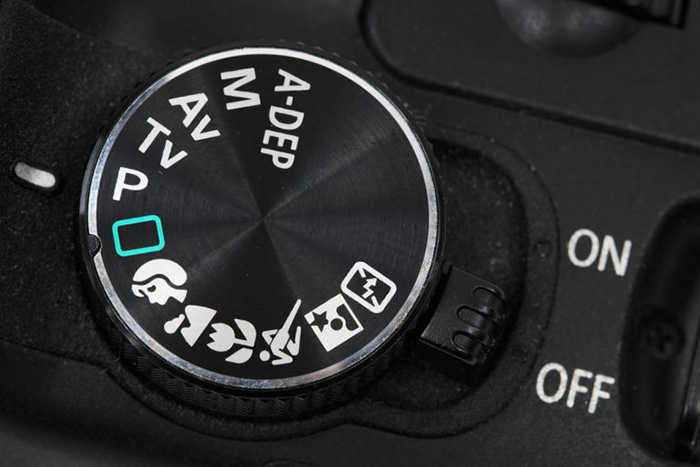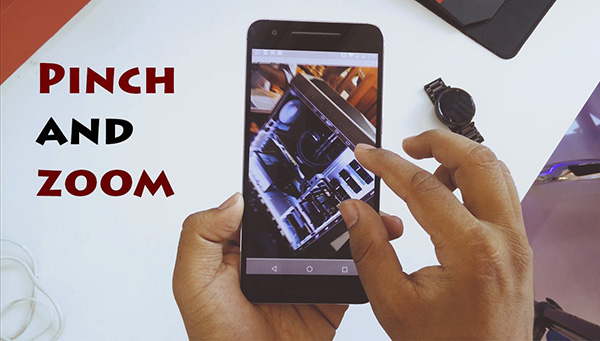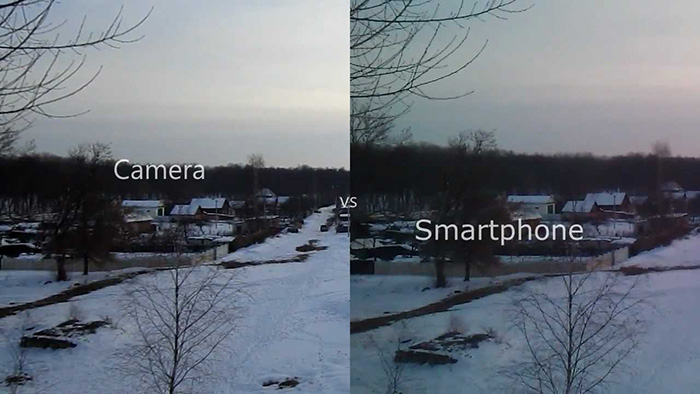You have just bought your first digital camera and familiarized with taking quality shots when a friend or relative approaches you. In an instant, you are appointed to cover a wedding ceremony as a wedding photographer. You are both nervous and excited. It may be very daunting for a beginner photographer to do his first wedding shoot, there is no second chance if you mess up or miss out on something. So much is expected from you since this is a big day for both the bride and groom. Here are some wedding photography tips that can help you capture those incredible moments.
Have a Shot List
To make the shoot easier for you, ask the couple to think about the shots they would like you to capture on that day. You can then compile the list and organize yourself on how the shoot will take place. Having a shots list is very important especially when it comes to family members. You’ll be using this list to check-off the “must have” photos. There is nothing worse than finishing the shoot and realizing that you didn’t capture a photo of the bride with the flower girl, or the groom waiting for his bride. Also, you can add notes to each shot to indicate location and style of photography for each one. Although it may be a tedious process, it will help you stay focused all through the ceremony.
Get The Couple To Choose a Family Photo Coordinator
The family photo session may be very stressful. Everyone is in a festive mood, and you can’t find the appropriate moment to capture the shots. Have the couple appoint someone, either a favorite uncle or aunt, to be directing the shots. He/she will be responsible for rounding up the family members and keeping the shoot moving smoothly. If it’s for the shot with the couple’s grandma, the coordinator will gather all the people and facilitate a successful shoot.
Scout The Locations
Maybe the couple wants to shoot at various locations such as the beach, the park, beside the pool among other places. Make sure that you scout all the places before the big day. This will help you analyze other factors that might come into play during the shoot, such as weather and lighting conditions. This way, you will get an idea of the best positions to shoot from and how lighting will affect the photos. Also, you can take the couple with you and take a few test shots to your posing and arranging skills.
Prepare All Camera Equipment
Preparation is the key to successful wedding photography. Weddings may be very busy and hectic, thus preparing in advance is very crucial. Since anything can happen at any time, ensure that you have a backup plan. Do you have all the equipment needed for a successful wedding photography session? Do you have a backup camera? What about a selection of lenses, batteries, flash strobes, and a tripod? Think about the routes and time needed to get to places and get a full day’s schedule, so you know the order of events. Attend the rehearsal ceremony where you will get all the information such as lighting conditions, the order of events and potential locations where the shooting will be taking place.
